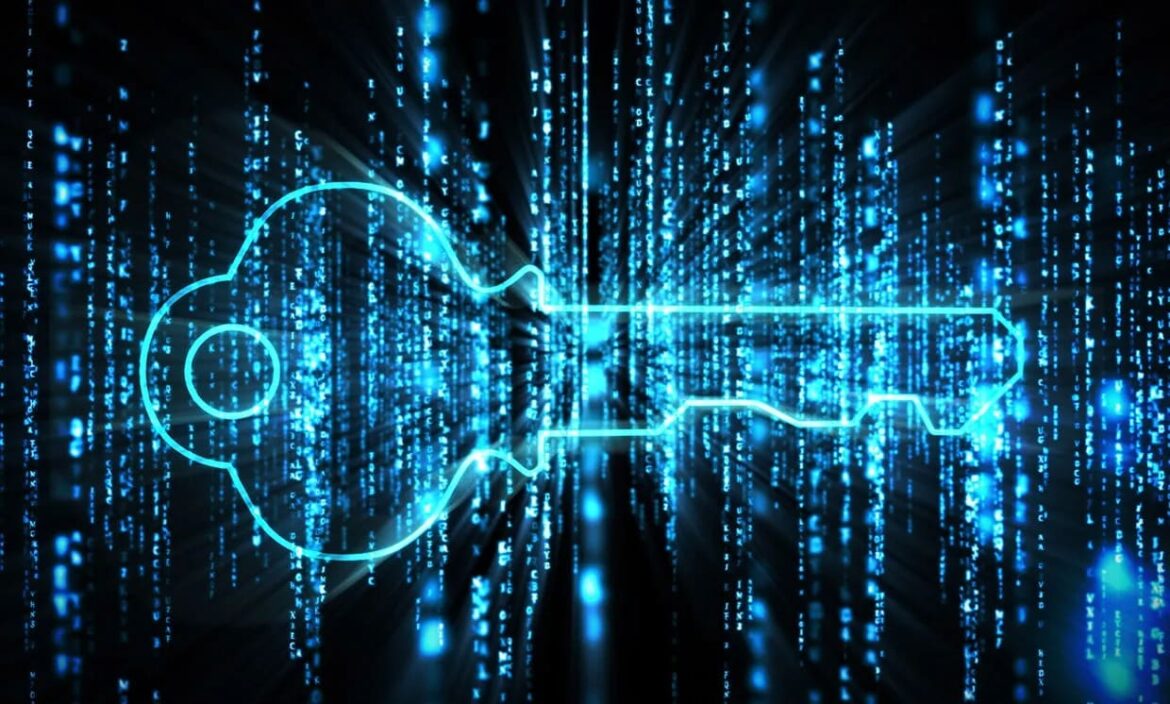765
Quantum cryptography opens up fascinating new perspectives for secure communication and the comprehensive protection of sensitive data in an increasingly networked world
The basics of quantum cryptography
Quantum cryptography is an innovative field based on the principles of quantum mechanics that promises to take cryptographic security to a new level. In contrast to classical encryption techniques, quantum cryptography uses the unique properties of quantum particles to protect and transmit information.
- One of the fundamental techniques in quantum cryptography is quantum key distribution (QKD). QKD allows two parties to create a secret key that is used to encrypt and decrypt messages.
- A prominent example of this is the BB84 protocol, which was developed by Charles Bennett and Gilles Brassard in 1984. This protocol uses photons in different polarizations to transmit the bits of the key. Due to quantum mechanics, it is impossible for an eavesdropper (Eve) to measure the key without interfering with the transmission and thus being noticed.
- An essential concept in quantum cryptography is quantum entanglement. In entanglement, two or more particles are brought into a state in which they remain connected even over large distances. Any measurement on one of the particles immediately influences the state of the other, resulting in the secure transmission of information.
- This principle can be used for quantum teleportation, in which the state of one particle is transferred to another without the particles being physically moved.
Challenges and future prospects of quantum cryptography
With the rapid development of quantum computing, we are facing new challenges and opportunities in cryptography.
- Quantum computers based on the laws of quantum mechanics have the potential to break many of today’s encryption systems. In particular, Shor’s algorithm, which efficiently prime factors on quantum computers, can threaten classical encryption systems such as RSA.
- Grover’s algorithm, another quantum mechanical algorithm, can halve the security of symmetric encryption methods.
- In order to counter this threat, research is developing post-quantum cryptography. These new cryptographic methods should remain secure even when powerful quantum computers are available. At the same time, quantum cryptography continues to gain in importance, as it theoretically offers unconditional security guaranteed by the principles of quantum mechanics.
- An important aspect of the practical implementation of quantum cryptography are the Quantum Key Distribution (QKD) protocols. These protocols are constantly being further developed in order to improve both security and efficiency. In addition to the BB84 protocol, there are now a large number of other QKD protocols that are based on different physical principles and offer special advantages.

